BMW X3 vs Mercedes EQB – Performance, range & efficiency compared
Both models have their strengths – but which one suits you more?
Compare performance, efficiency, price and space directly: BMW X3 or Mercedes EQB?
Costs and Efficiency:
When it comes to price and running costs, the biggest differences usually appear. This is often where you see which car fits your budget better in the long run.
Mercedes EQB has a a bit advantage in terms of price – it starts at 45900 £, while the BMW X3 costs 51300 £. That’s a price difference of around 5388 £.
As for range, the Mercedes EQB performs convincingly better – achieving up to 535 km, about 447 km more than the BMW X3.
Engine and Performance:
Under the bonnet, it becomes clear which model is tuned for sportiness and which one takes the lead when you hit the accelerator.
When it comes to engine power, the BMW X3 has a noticeable edge – offering 398 HP compared to 292 HP. That’s roughly 106 HP more horsepower.
In acceleration from 0 to 100 km/h, the BMW X3 is noticeable quicker – completing the sprint in 4.60 s, while the Mercedes EQB takes 6.20 s. That’s about 1.60 s faster.
In terms of top speed, the BMW X3 performs evident better – reaching 250 km/h, while the Mercedes EQB tops out at 160 km/h. The difference is around 90 km/h.
There’s also a difference in torque: BMW X3 pulls clearly perceptible stronger with 670 Nm compared to 520 Nm. That’s about 150 Nm difference.
Space and Everyday Use:
Cabin size, boot volume and payload all play a role in everyday practicality. Here, comfort and flexibility make the difference.
Both vehicles offer seating for 5 people.
In curb weight, BMW X3 is slight lighter – 1930 kg compared to 2105 kg. The difference is around 175 kg.
In terms of boot space, the BMW X3 offers to a small extent more room – 570 L compared to 495 L. That’s a difference of about 75 L.
In maximum load capacity, the Mercedes EQB performs minimal better – up to 1710 L, which is about 10 L more than the BMW X3.
When it comes to payload, BMW X3 distinct takes the win – 570 kg compared to 435 kg. That’s a difference of about 135 kg.
Who wins the race?
The BMW X3 proves to be edges ahead and therefore becomes our DriveDuel Champion!
BMW X3 is the better all-rounder in this comparison.
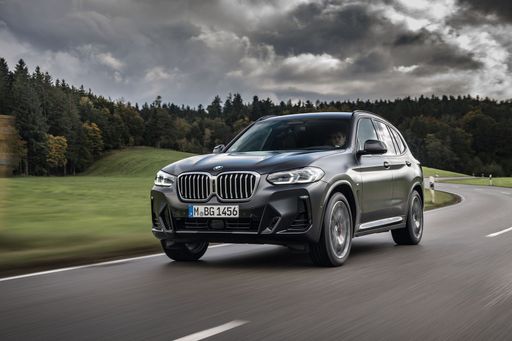
BMW X3
BMW X3
The BMW X3 stands out in the competitive SUV market with its refined blend of performance and luxury. Its interior boasts high-quality materials and a design focused on driver comfort and convenience. With a robust engine lineup, the vehicle offers a balanced driving experience that caters to both urban settings and off-road adventures.
details @ press.bmwgroup.com
@ press.bmwgroup.com
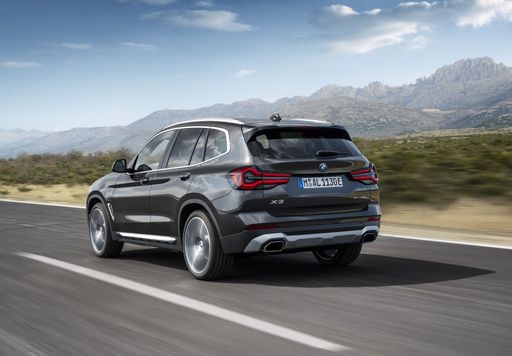 @ press.bmwgroup.com
@ press.bmwgroup.com
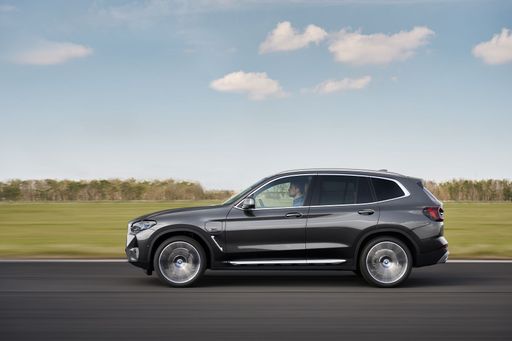 @ press.bmwgroup.com
@ press.bmwgroup.com
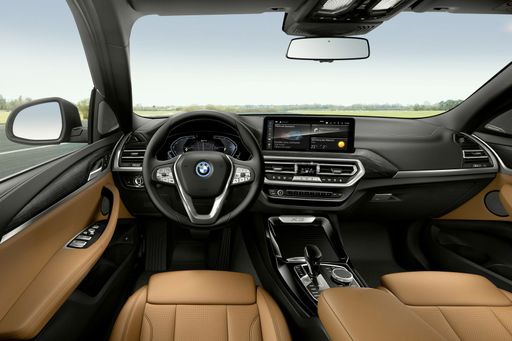 @ press.bmwgroup.com
@ press.bmwgroup.com
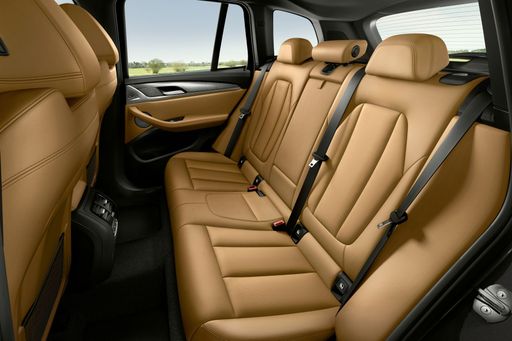 @ press.bmwgroup.com
@ press.bmwgroup.com
Mercedes EQB
The Mercedes-Benz EQB is an all-electric compact SUV that seamlessly blends practicality with modern luxury. Its sleek design and spacious interior make it an attractive option for families seeking both style and function. With advanced technology and impressive range capabilities, the EQB is a testament to Mercedes-Benz's commitment to sustainable mobility.
details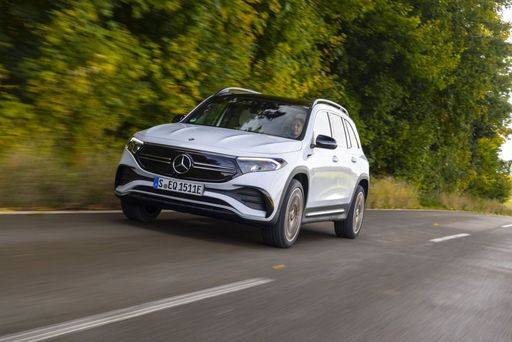 @ group-media.mercedes-benz.com
@ group-media.mercedes-benz.com
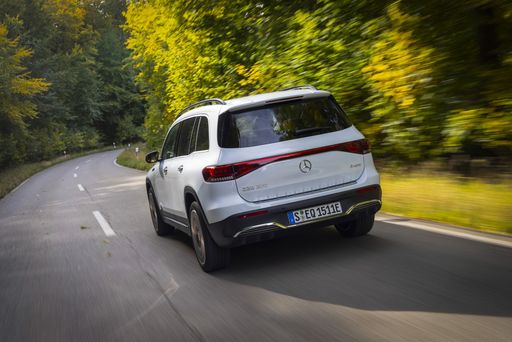 @ group-media.mercedes-benz.com
@ group-media.mercedes-benz.com
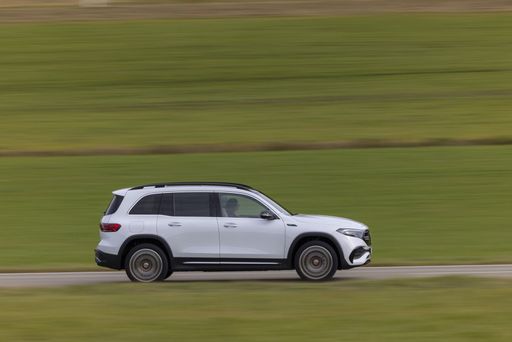 @ group-media.mercedes-benz.com
@ group-media.mercedes-benz.com
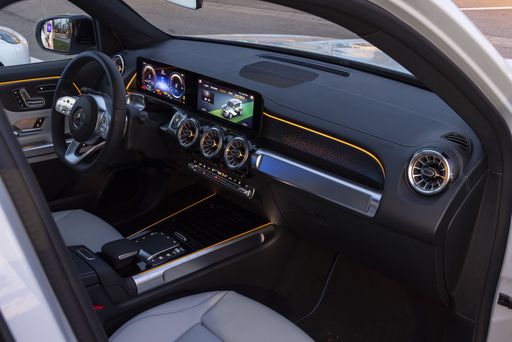 @ group-media.mercedes-benz.com
@ group-media.mercedes-benz.com
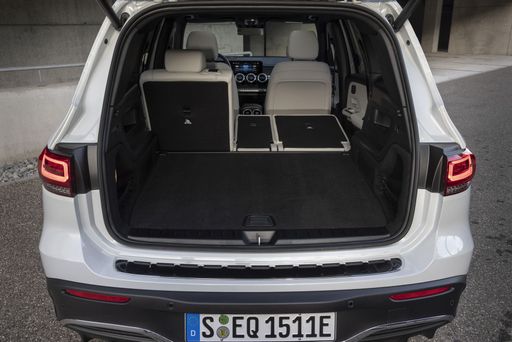 @ group-media.mercedes-benz.com
@ group-media.mercedes-benz.com

|

|
|
|
|
Costs and Consumption |
|
|---|---|
|
Price
51300 - 72400 £
|
Price
45900 - 58900 £
|
|
Consumption L/100km
2.8 - 7.7 L
|
Consumption L/100km
-
|
|
Consumption kWh/100km
-
|
Consumption kWh/100km
15.2 - 17.2 kWh
|
|
Electric Range
88 km
|
Electric Range
468 - 535 km
|
|
Battery Capacity
19.70 kWh
|
Battery Capacity
70.50 kWh
|
|
co2
64 - 175 g/km
|
co2
0 g/km
|
|
Fuel tank capacity
50 - 65 L
|
Fuel tank capacity
-
|
Dimensions and Body |
|
|---|---|
|
Body Type
SUV
|
Body Type
SUV
|
|
Seats
5
|
Seats
5
|
|
Doors
5
|
Doors
5
|
|
Curb weight
1930 - 2140 kg
|
Curb weight
2105 - 2170 kg
|
|
Trunk capacity
460 - 570 L
|
Trunk capacity
495 L
|
|
Length
4755 mm
|
Length
4684 mm
|
|
Width
1920 mm
|
Width
1834 mm
|
|
Height
1660 mm
|
Height
1654 - 1689 mm
|
|
Max trunk capacity
1600 - 1700 L
|
Max trunk capacity
1710 L
|
|
Payload
570 kg
|
Payload
435 kg
|
Engine and Performance |
|
|---|---|
|
Engine Type
Petrol MHEV, Diesel MHEV, Plugin Hybrid
|
Engine Type
Electric
|
|
Transmission
Automatic
|
Transmission
Automatic
|
|
Transmission Detail
Automatic Gearbox
|
Transmission Detail
Reduction Gearbox
|
|
Drive Type
All-Wheel Drive
|
Drive Type
Front-Wheel Drive, All-Wheel Drive
|
|
Power HP
197 - 398 HP
|
Power HP
190 - 292 HP
|
|
Acceleration 0-100km/h
4.6 - 7.8 s
|
Acceleration 0-100km/h
6.2 - 8.9 s
|
|
Max Speed
215 - 250 km/h
|
Max Speed
160 km/h
|
|
Torque
330 - 670 Nm
|
Torque
385 - 520 Nm
|
|
Number of Cylinders
4 - 6
|
Number of Cylinders
-
|
|
Power kW
145 - 293 kW
|
Power kW
140 - 215 kW
|
|
Engine capacity
1995 - 2998 cm3
|
Engine capacity
-
|
General |
|
|---|---|
|
Model Year
2024 - 2025
|
Model Year
2024 - 2025
|
|
CO2 Efficiency Class
F, E, B
|
CO2 Efficiency Class
A
|
|
Brand
BMW
|
Brand
Mercedes-Benz
|
What drive types are available for the BMW X3?
The BMW X3 is offered with All-Wheel Drive.
The prices and data displayed are estimates based on German list prices and may vary by country. This information is not legally binding.
